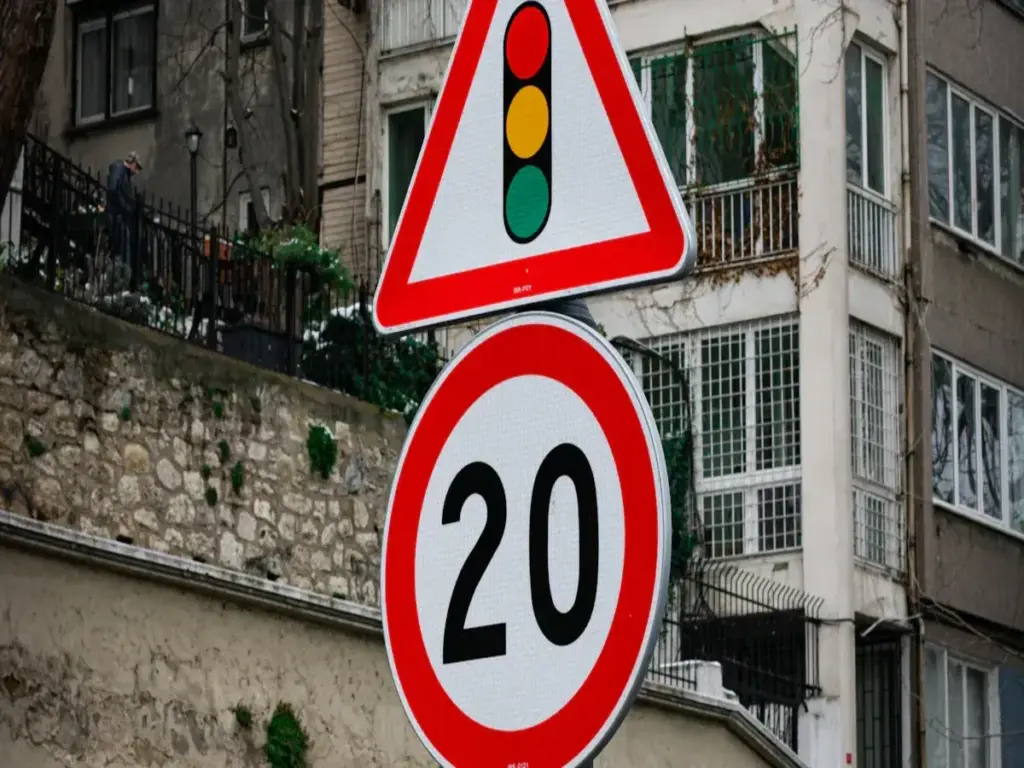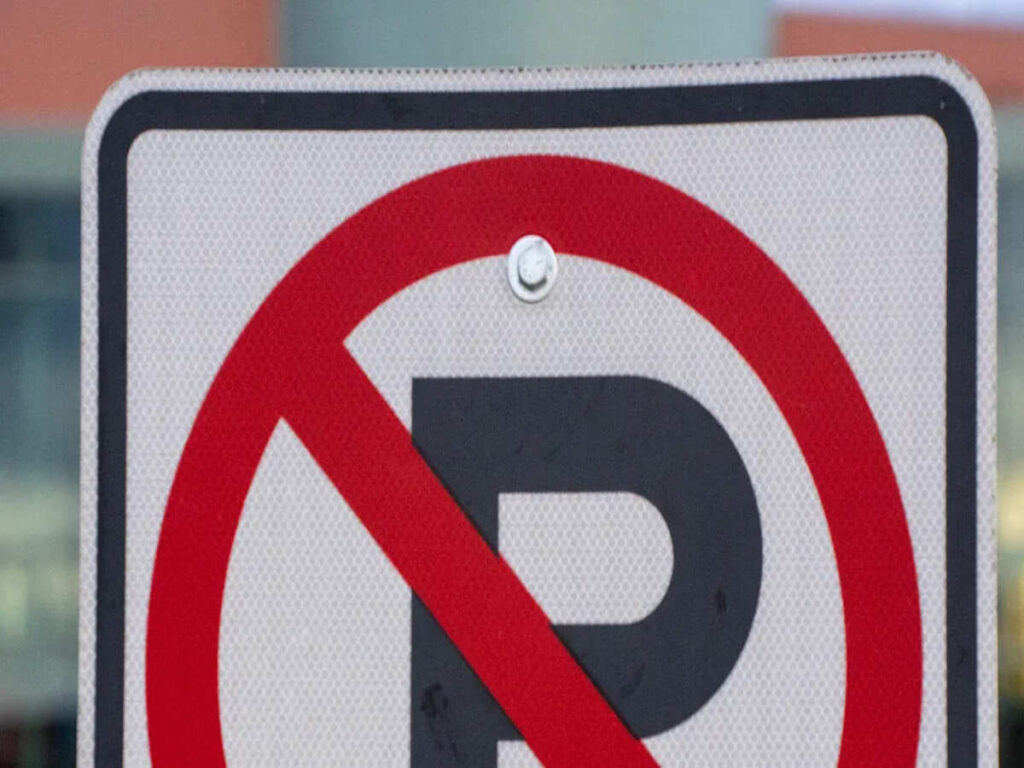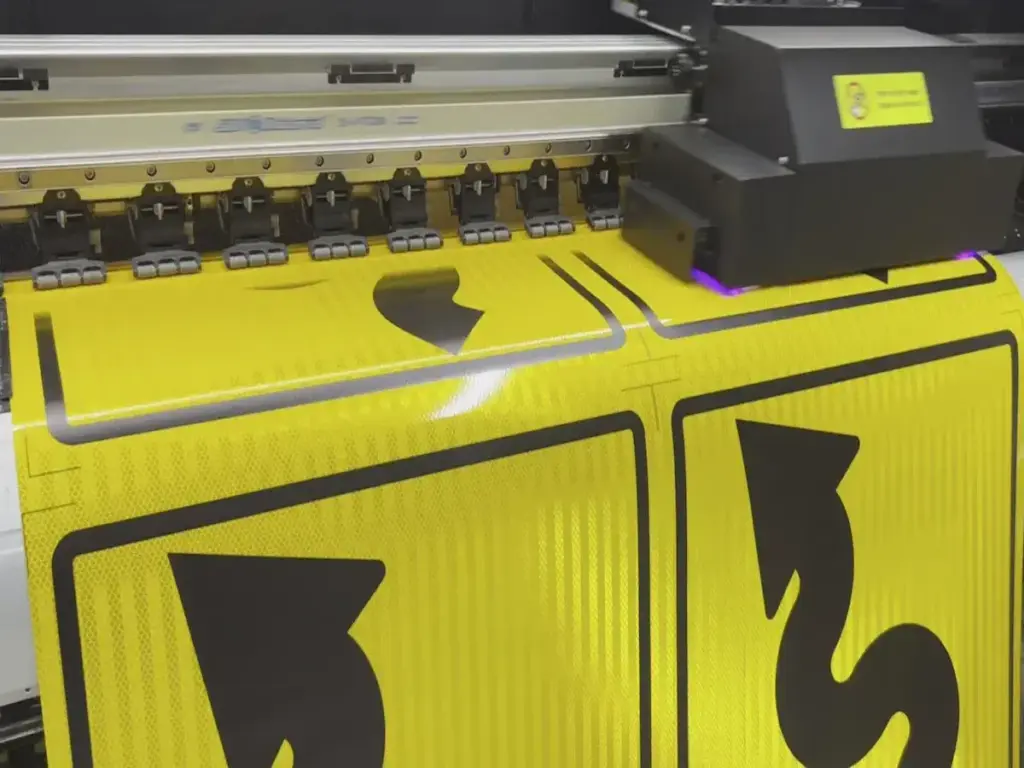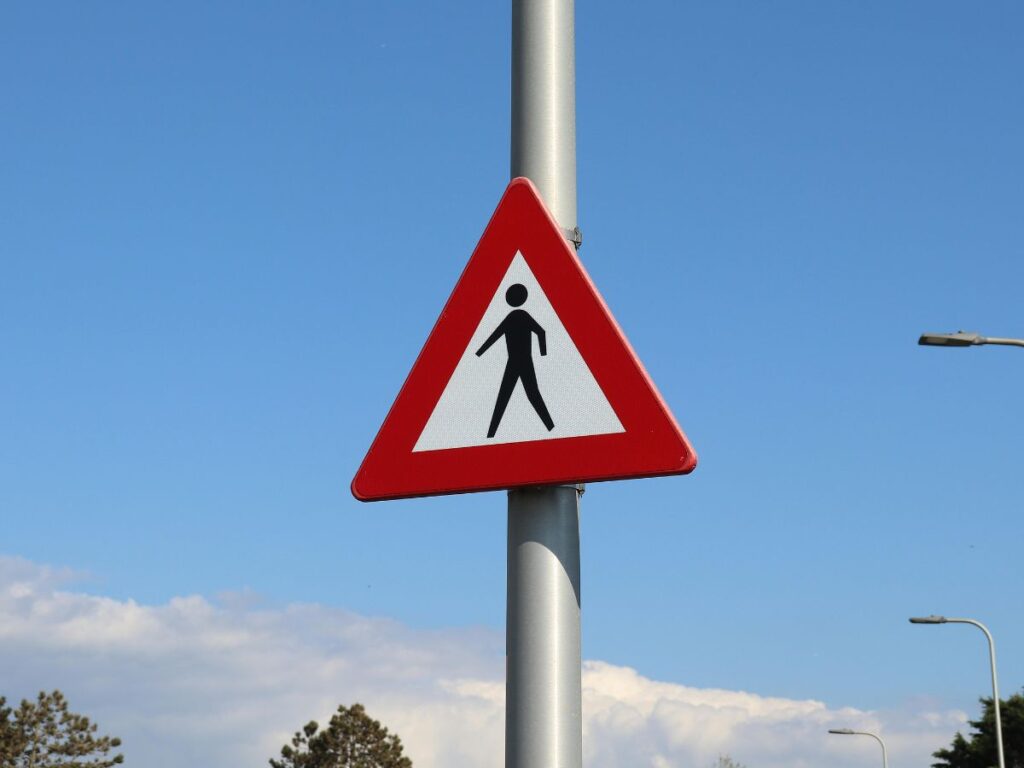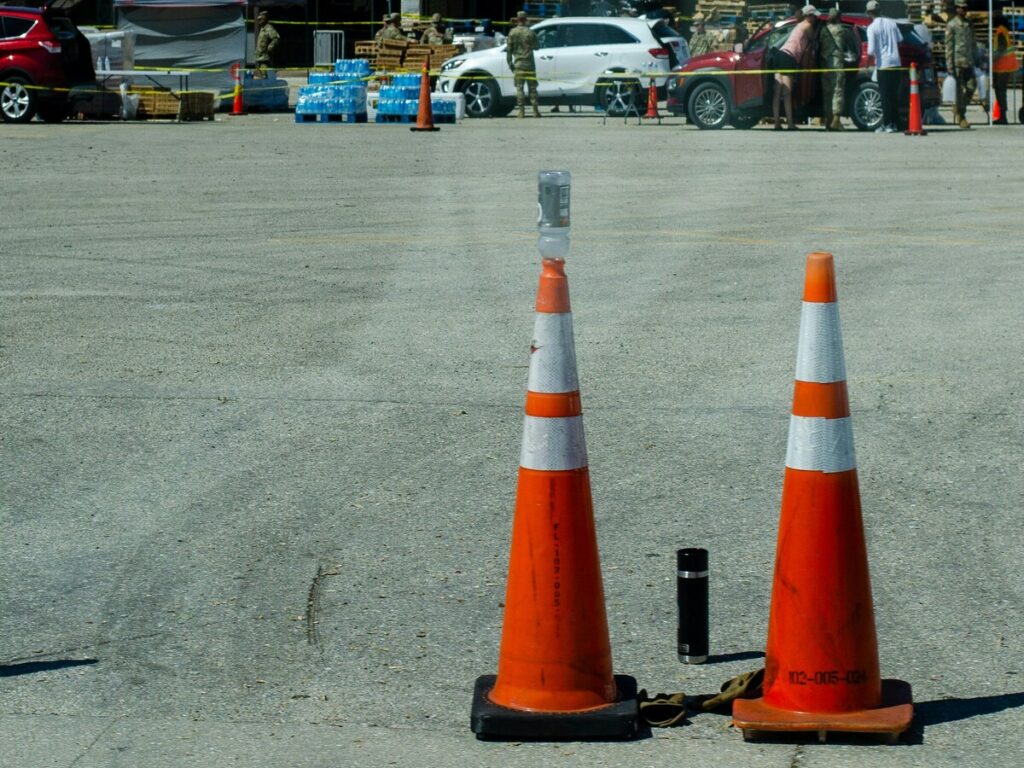
Traffic cone bases play a vital role in maintaining stability and traction on various surfaces. Their design incorporates specific shapes and materials to optimize weight distribution and friction. Common materials like PVC, резина, and plastic contribute to these properties in unique ways.
Например, rubber bases provide excellent grip on smooth surfaces, while square weighted bases resist tipping in windy conditions. These features ensure heavy duty safety cones remain effective in challenging environments.
Опеткирует дорожные конусы are designed with these principles in mind, featuring specially engineered bases that enhance stability and traction. Whether it’s a rubber base for superior grip or a weighted square base to withstand wind, ОПТзнаки ensures durability and reliability in all conditions. These safety cones provide long-lasting performance, making them an ideal choice for both high-traffic and challenging environments.
The Purpose of Traffic Cone Base Design
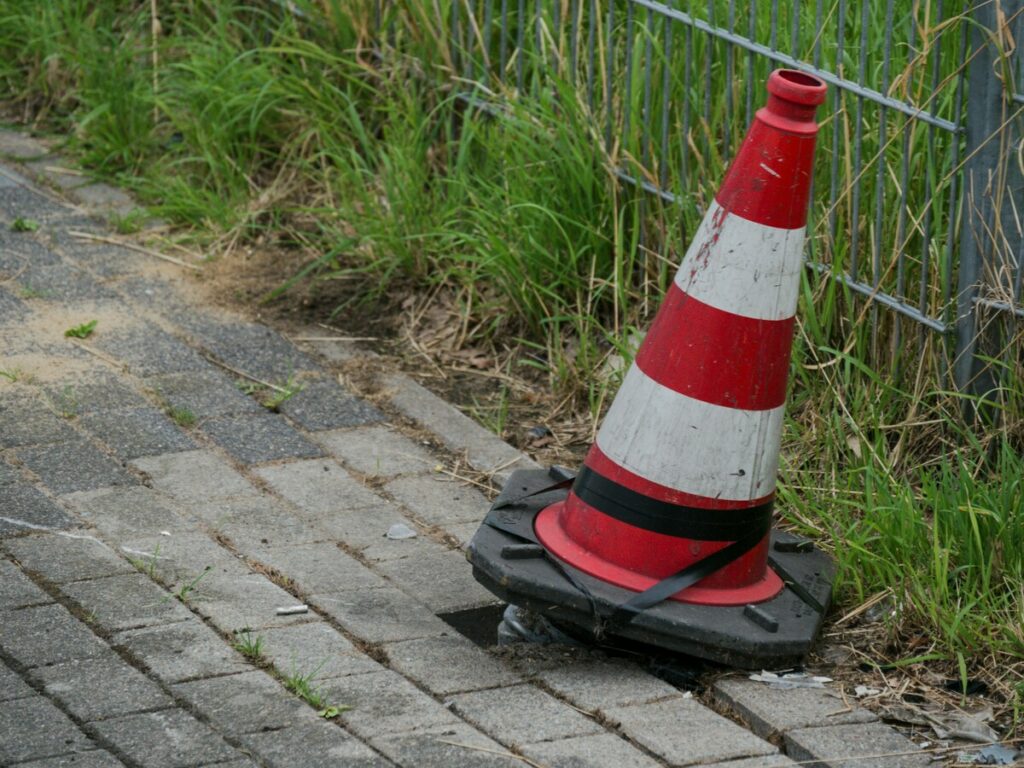
Traffic cone bases serve as the foundation for stability and functionality. Their design ensures cones remain upright and effective in diverse environments, from construction zones to high-traffic roads. By focusing on key functions and shape optimization, these bases enhance safety and performance.
Key Functions of the Base
Stability and resistance to tipping
The base of a traffic cone plays a critical role in preventing tipping. A well-designed base lowers the cone’s center of gravity, making it more stable against external forces like wind or vehicle drafts. Например, square weighted bases resist tipping in outdoor, ветреные условия. Rubber bases provide non-slip properties, making them ideal for smooth indoor surfaces. These features ensure cones remain in place, Даже в сложных условиях.
Durability and long-term performance
Durability is another essential function of traffic cone bases. Materials like rubber and PVC withstand wear and tear from repeated use. Bases designed for heavy duty safety cones often incorporate robust materials to endure harsh weather and high-impact scenarios. This durability ensures long-term performance, сокращение потребности в частых заменах.
Common Base Shapes and Their Benefits
Square bases for broader surface contact
Square bases offer a larger surface area, improving stability on uneven or soft ground. This design distributes weight evenly, making it suitable for outdoor use in windy or unstable conditions. Square weighted bases are particularly effective in construction zones or high-traffic areas where stability is crucial.
Circular bases for even weight distribution
Circular bases excel in distributing weight evenly around the traffic cone. This shape minimizes the risk of tipping by maintaining balance, especially on flat, level surfaces. Circular bases are often used in areas with moderate environmental challenges.
Weighted bases for heavy duty safety cones
Взвешенные базы enhance stability by adding mass to the cone’s foundation. These bases are ideal for heavy duty safety cones, which are often used in high-risk areas like highways or construction sites. The added weight ensures the cone remains upright, even in strong winds or heavy traffic conditions.
Примечание: Different base shapes and materials cater to specific use cases. Например, octagonal bases increase surface contact for stability, while collapsible bases prioritize portability for emergency use.
The Science of Surface Contact and Traction
How Surface Area Affects Friction
Larger contact areas and their role in grip
The surface area of a traffic cone base directly influences its grip on the ground. A larger contact area increases the frictional force between the base and the surface. This enhanced grip prevents the cone from sliding, even on smooth or slippery surfaces. Например, square bases with broad surface contact are particularly effective in maintaining stability on uneven terrain. These bases distribute the cone’s weight over a wider area, ensuring it stays firmly in place.
The relationship between weight distribution and friction
Weight distribution plays a critical role in maximizing friction. Bases designed with even weight distribution create consistent pressure across the surface area. This uniform pressure enhances the base’s ability to resist movement caused by external forces like wind or vehicle drafts. Circular bases excel in this aspect, as their shape ensures balanced weight distribution, reducing the risk of tipping or sliding.
Material Properties and Their Role in Traction
Rubber bases for high friction and grip
Rubber is a popular material for traffic cone bases due to its high durability and flexibility. These properties allow rubber bases to provide excellent traction on various surfaces, including wet or icy roads. The elasticity of rubber enhances its grip, making it ideal for environments where stability is critical. The table below highlights the benefits of rubber bases:
| Материал | Характеристики | Преимущества |
|---|---|---|
| Резина | Высокая долговечность, гибкий | Обеспечивает стабильность и тягу в разных средах |
Rubber bases are often used in heavy duty safety cones, ensuring they remain stable in high-risk areas like highways or construction zones.
Plastic bases for lightweight and cost efficiency
Plastic bases offer a lightweight and cost-effective solution for traffic cones. Heavy-duty plastic cones perform well in both wet and dry conditions, thanks to their weather-resistant properties. These bases are easy to handle and store, making them suitable for temporary setups or areas with moderate environmental challenges. Their versatility ensures reliable performance in high-traffic zones.
Кончик: Choosing the right material for a traffic cone base depends on the specific environment and conditions. Rubber provides superior grip, while plastic offers a balance of efficiency and durability.
Stability Factors in Traffic Cone Design
Weight Distribution and Center of Gravity
How low-weighted bases prevent tipping
Weight distribution plays a crucial role in the stability of traffic cones. Bases designed with most of the cone’s weight concentrated at the bottom create a low center of gravity. This design reduces the risk of tipping when external forces, such as wind or vehicle drafts, apply pressure.
Low-weighted bases also help cones remain upright on uneven surfaces. By anchoring the cone’s weight closer to the ground, these bases improve balance and prevent toppling. This feature is especially important for heavy duty safety cones used in high-risk environments like highways or construction zones.
The importance of a stable center of gravity
А stable center of gravity ensures that traffic cones can withstand external forces without tipping. When the weight is evenly distributed, the cone maintains balance even when placed on sloped or irregular surfaces. Circular and square bases contribute to this stability by spreading the weight across a larger area. This design minimizes the chances of the cone leaning or falling, ensuring consistent performance in various conditions.
Экологические соображения
Wind resistance and its impact on stability
Wind resistance significantly affects the stability of traffic cones. Strong gusts can push safety cones over if their bases lack sufficient weight or surface contact. Weighted bases counteract this force by anchoring the cone firmly to the ground.
Performance on uneven or sloped surfaces
Traffic cones often face challenges on uneven or sloped surfaces. Bases with broader surface contact, such as square or octagonal designs, distribute weight more effectively. This feature allows the cone to adapt to irregular terrain without losing stability. Rubber bases also enhance grip on sloped surfaces, preventing sliding or tipping. These design elements ensure that cones perform reliably, even in challenging environments like construction sites or hilly roads.
Real-World Testing and Optimization

Laboratory Testing for Traction and Stability
Simulating various ground conditions
Laboratory testing plays a vital role in optimizing traffic cone base designs. Engineers simulate different ground conditions to evaluate how cones perform on surfaces like асфальт, конкретный, и гравий. These controlled environments allow researchers to test the interaction between the base material and the surface. Например, rubber bases undergo testing on wet and dry surfaces to measure their grip and resistance to sliding. Simulations also replicate uneven terrain to assess how square or weighted bases maintain stability. This process ensures that safety cones perform reliably across diverse environments.
Measuring tipping thresholds and friction coefficients
Laboratory tests also measure tipping thresholds and friction coefficients. Tipping threshold tests determine the maximum force a cone can withstand before falling over. Engineers use wind tunnels to simulate strong gusts and vehicle drafts, ensuring the cone’s base can resist these forces. Friction coefficient tests measure the grip between the base and the surface. Bases with higher friction coefficients, such as those made of rubber, provide better traction. These measurements help refine the design of heavy duty safety cones, ensuring they remain stable in high-risk areas like highways.
Field Performance in Different Conditions
Testing on wet and icy surfaces
Field testing evaluates how traffic cones perform in real-world conditions. Wet and icy surfaces present significant challenges for stability and traction. Engineers place safety cones with various base designs on these surfaces to observe their performance. Rubber bases often excel in these tests due to their high friction and elasticity. Field tests confirm that these bases prevent sliding and tipping, even in slippery conditions. This ensures that safety cones remain effective during adverse weather.
Evaluating performance in high-wind environments
High-wind environments require cones with exceptional stability. Field tests in open areas, например, автомагистрали или строительные зоны, assess how weighted bases and low centers of gravity improve wind resistance. Engineers monitor how safety cones withstand gusts and vehicle-induced turbulence. Designs like square weighted bases demonstrate superior performance by anchoring the cone firmly to the ground. These tests validate the effectiveness of heavy duty safety cones in maintaining stability under extreme conditions.
Примечание: Real-world testing ensures that traffic cones meet safety standards and perform reliably in diverse environments.
Traffic cone base design plays a vital role in ensuring stability and traction. Engineers carefully consider shape, материал, and surface contact to optimize performance. Scientific principles like friction, weight distribution, and material properties guide these designs, ensuring safety cones remain effective in diverse environments.
Innovations in traffic cone design continue to improve safety and efficiency:
- Складные дорожные шишки enhance portability for emergency use.
- Looper Tube Traffic Cones allow accessories like caution tape for better visibility.
- Weighted Traffic Cones resist tipping in windy conditions.
- LED Traffic Cones improve visibility in low-light settings.
These advancements demonstrate the ongoing commitment to creating safer and more reliable traffic management solutions.

